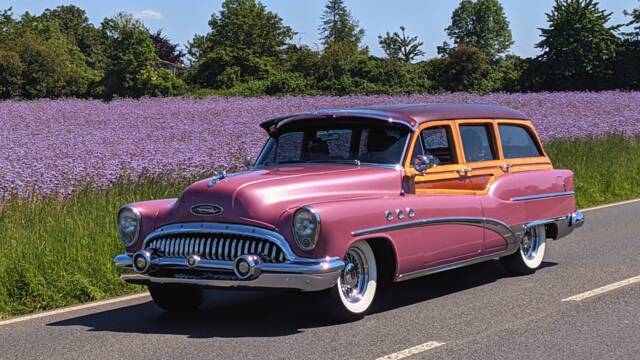Buick Super Classic Cars for Sale
The Buick Super embodied deluxe American comfort from 1940 to 1958, pairing a spacious cabin with effortless ride quality, advanced features for its era, and distinctive VentiPorts styling. With multiple body styles and engines evolving from inline-eight to V8, the Super stands out for enthusiasts seeking an authentic mid-century motoring experience.
Search results
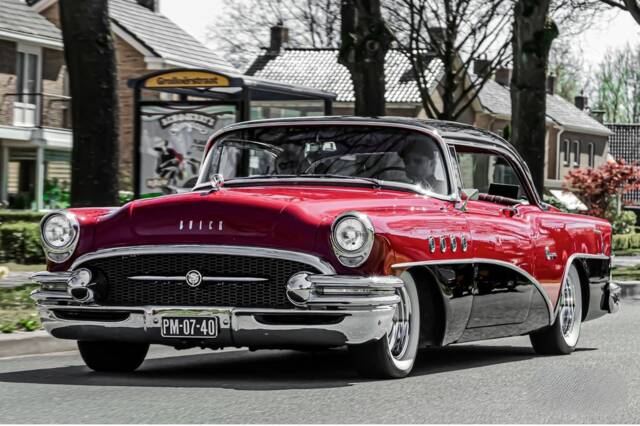
1955 | Buick 50 Super
Buick Super | 1955 | Route 66 Auctions - For sale by auction. Estimate 16500 EUR
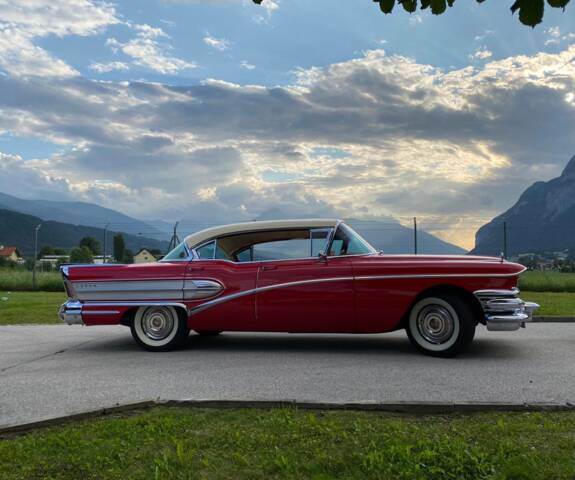
1958 | Buick 50 Super Riviera Hardtop
King of Chrome
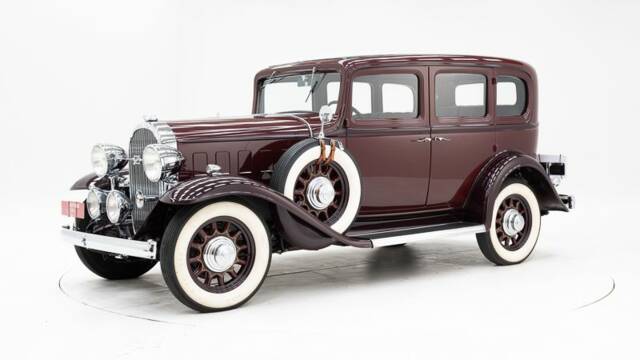
1932 | Buick Super 57
1932 Buick 57 S 8 Cylinder '32
Buick Super listing references from Classic Trader
Below you will find listings related to your search that are no longer available on Classic Trader. Use this information to gain insight into availability, value trends, and current pricing for a "Buick Super" to make a more informed purchasing decision.
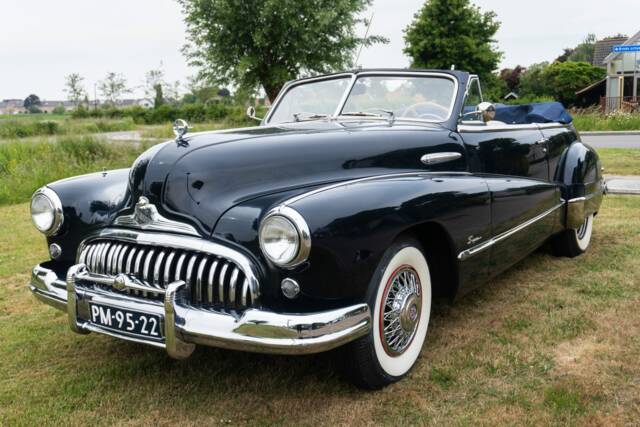
1947 | Buick 50 Super
Buick Super Eight cabriolet | 1947 | Route 66 Auctions - For sale by auction. Estimate 32500 EUR

1947 | Buick 50 Super Convertible
Convertible

1947 | Buick 50 Super Convertible
Buick Super Eight cabriolet | 1947 | Route 66 Auctions - For sale by auction. Estimate 38500 EUR
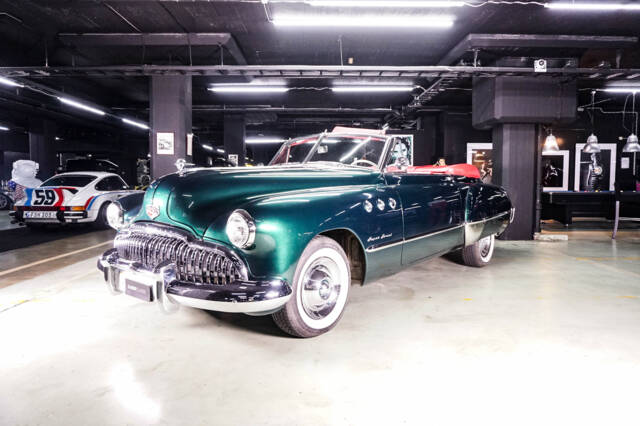
1949 | Buick 50 Super
1953 | Buick Super Estate Wagon
www.1953woodywagon.com
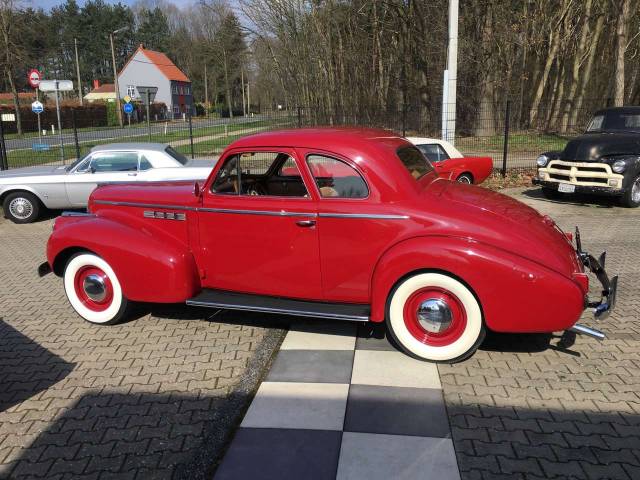
1940 | Buick 50 Super
Buick Bussines Coupe 8 cyl
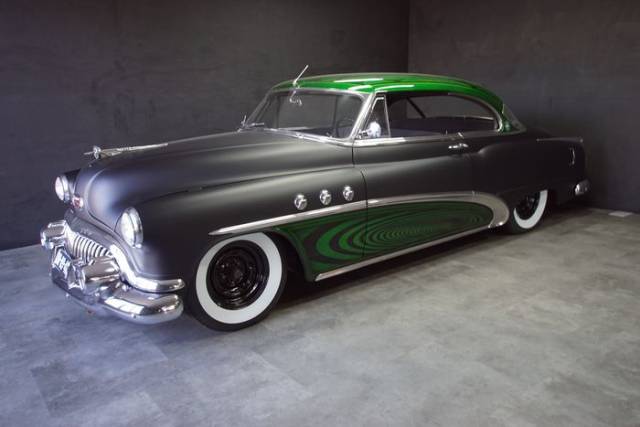
1952 | Buick Super
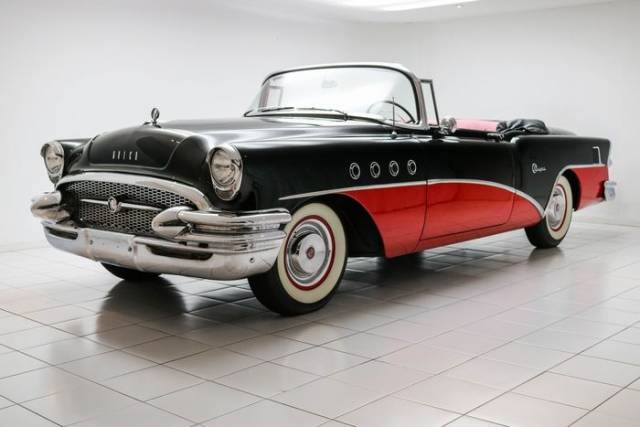
1955 | Buick Super Convertible
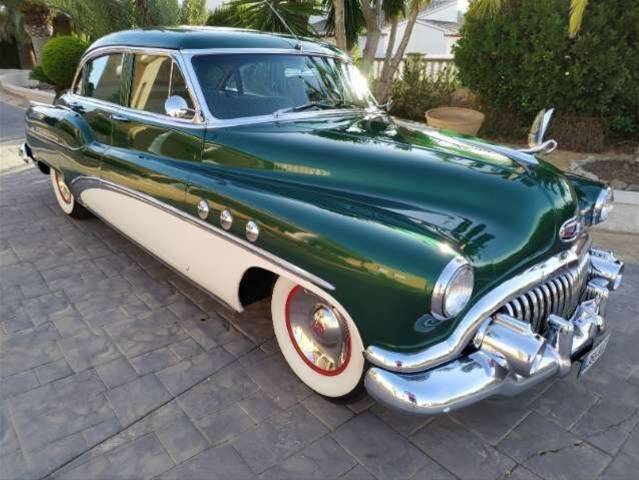
1952 | Buick Super
Eight Suprt
History of the Buick Super
Launched in 1940 and in production up to 1958 (interrupted only by World War II), the Buick Super succeeded the Series 121/Buick Master Six. The Super established itself as an upper mid-range model, positioned between the Special and Roadmaster. Early on, the Super was built on Buick’s long-wheelbase chassis but featured the smaller engine of the Special, creating a balance of interior space and manageable power. Multiple generations followed, starting from Series 50 and evolving through to 1958, with major design, engine, and equipment upgrades across each phase. Notably, it was one of the first Buicks to feature the Dynaflow automatic transmission, improving driving comfort markedly.
Model History of the Buick Super
The Super began life in 1930 as the Series 50, replacing the Buick Master Six. The second generation (1931–1935) brought expanded body styles (roadster, coupe, limousine, cabriolet, tourer) and minor chassis changes. The big leap occurred in 1940 with the adoption of the 'Super' name, marking the third generation. The model continuously gained technical refinement and body variants — four-door sedan, sedanette, coupe, convertible, and estate wagon. The straight-eight engine featured throughout the 1940s, upgraded over time in displacement and output. In 1953, the V8 engine arrived, followed by further stylistic updates, panoramic windscreens, and the option for power steering and brakes. After declining sales and broader consumer shifts, the Super series was discontinued in 1958, with the Wildcat later filling its segment.
Highlights of the Buick Super
The Super stood out for its blend of spaciousness, comfort, and American design character. Key features included electrically/hydraulically operated windows, seats, and convertible roofs, plush bench seating for 5–6, and a supple ride courtesy of X-braced frames and coil-spring suspension. The Super’s exterior was marked by extensive chrome trim, two-tone paint options, 'sweep spear' mouldings, and signature VentiPorts on the front wings (three per side, differentiating from the Roadmaster’s four). The dashboard frequently matched the interior upholstery, and accessories like Sonomatic radios or vanity clocks were factory options. Estate Wagon variants provided versatility, including flat-folding rear benches and sizeable cargo space. Statistically, the most supplied and demanded codes on our platform are the 56C, comprising over 35% of supply and nearly 47% of demand insights, with Serie 50 and 56 C following.
Technical Data of the Buick Super
Special Editions of the Buick Super
Throughout its lifespan, the Super line included rare variants like the 'Estate Wagon' (notable for its wooden trim and immense cargo space) and the two-door Riviera hardtop (introduced 1950), marking Buick’s entry into pillarless body styles. Post-1953, the introduction of air conditioning as an option was a luxury highlight rarely matched by rivals. The final-year convertible remains comparatively scarce due to shrinking popularity and a shift to Riviera-only hardtops.
Weak Spots and Common Issues
Common areas for vigilance include aging electrics, especially on early six-volt systems (pre-1953), and worn suspension bushings or coil springs, which can affect the 'Million Dollar Ride.' Some hydraulic window, seat, or convertible top systems need regular maintenance or may be inoperative. All Supers use drum brakes, which can fade under heavy use. Check for rust in the floorpans, sills, and especially the wooden Estate Wagon sections. Spare parts remain relatively available, aided by high production figures and interchangeability with Special and Roadmaster models.
Engine and Performance, Transmission and Handling
The Buick Super prioritised a comfortable, quiet ride over raw performance. Early models with the straight-eight were well-mannered, producing 110–124 hp, good for relaxed cruising but not for fast acceleration. Post-1953 V8 models brought livelier throttle response and up to 170 hp. The introduction of the Dynaflow automatic gearbox provided seamless, gearless acceleration, while traditional manual transmissions remained available for purists. The long wheelbase ensured a composed highway ride; power steering and brakes (available from 1952) further improved everyday usability. Handling was typical for American luxury cars of the time—steady and soft, not sporting. Most popular and technically notable are the 56C (convertibles), Estate Wagons with cargo versatility, and post-1953 V8 variants for their blend of power and comfort.
Interior, Comfort, Exterior and Design
The Buick Super is instantly recognisable for its rounded 1940s/50s silhouette, expansive chrome detailing, and signature VentiPorts (three per side, unlike the Roadmaster). Colour options included high-contrast two-tones and deep metallics, often with harmonised interiors. Inside, large bench seats (typically for six), coordinated fabrics/vinyl, and details like wide whitewall tyres, chrome hubcaps, and broad dashboards imbue period authenticity. Estate Wagons featured unique woodgrain instrument panels and real wood inserts. Accessories like sun shields, spotlights, radios (usually Sonomatic), and vanity clocks were popular. Luxury details included power-adjusted seats, windows, and, from the 1950s, air conditioning and 12-volt electrics. All Supers came with a full-size spare and jack as standard.
Other Noteworthy Features
Buick Super models shared many mechanical components with the Special and Roadmaster, simplifying parts sourcing and repairs. Options catalogs of the era included chrome wire wheels, deluxe carpet sets, and vanity installations. Many late-1940s and early-1950s Supers served as family and executive transport, reflecting their popularity in mid-century America. Some survivors still exhibit original radios with foot-operated tuning, and period-correct accessories like dash-mounted clocks and external sun visors are prized by purists.
Summary of the Buick Super
The Buick Super stood between the Special and Roadmaster in Buick’s hierarchy, representing the American approach to mid-century automotive luxury: lavish space, smooth rides, and unmistakable design. Its technical evolution, varied body styles, and enduring reputation for comfort distinguish it on today’s classic market, with convertible models and post-1953 V8 variants seeing the highest demand from collectors and enthusiasts.



